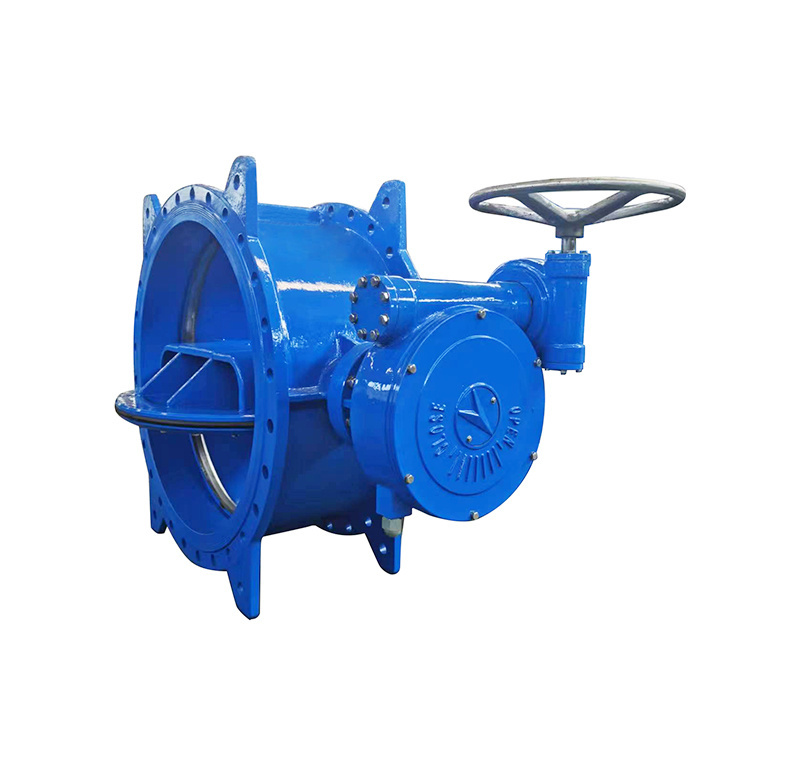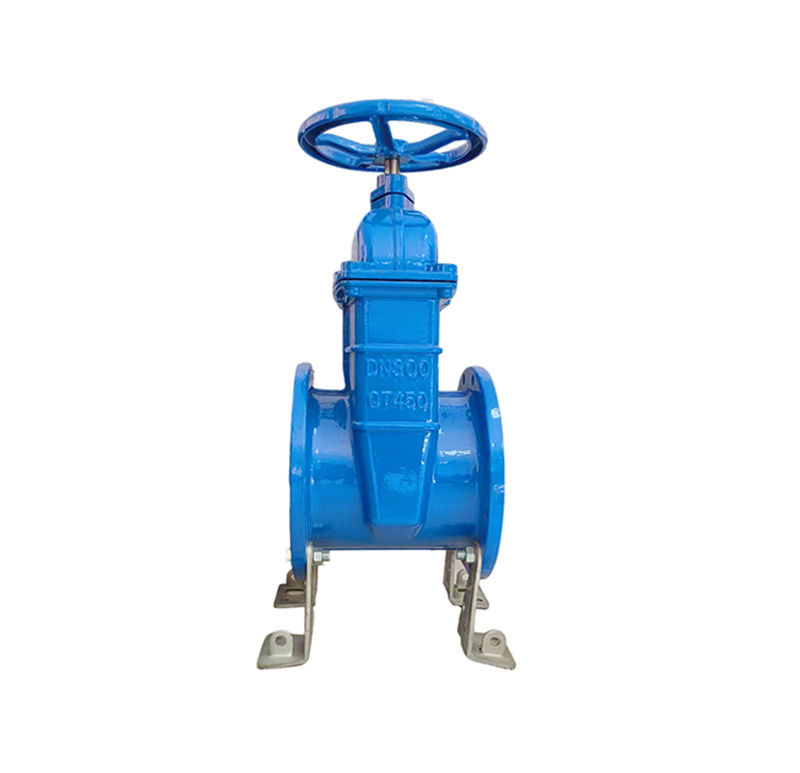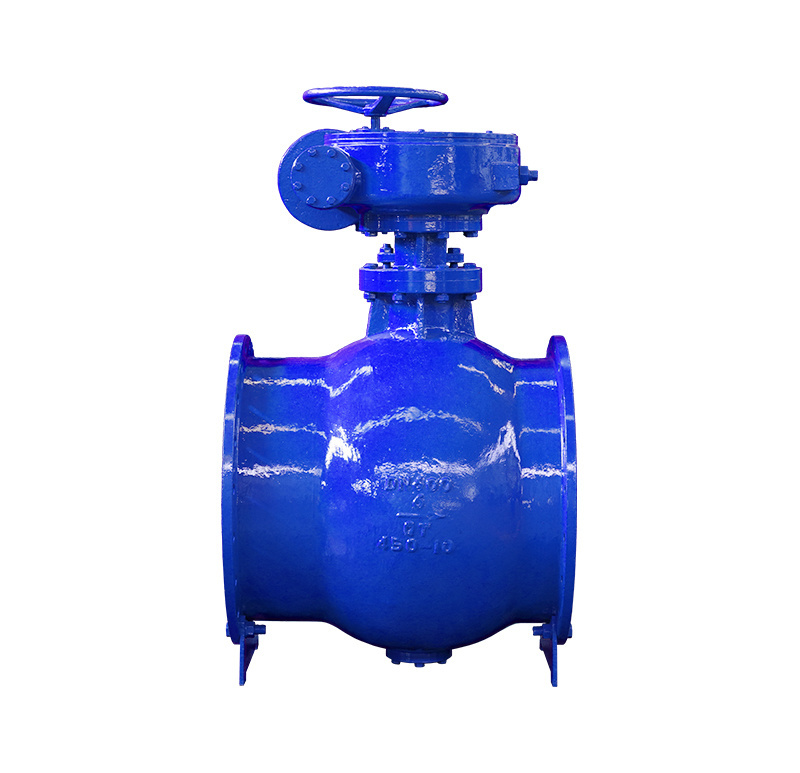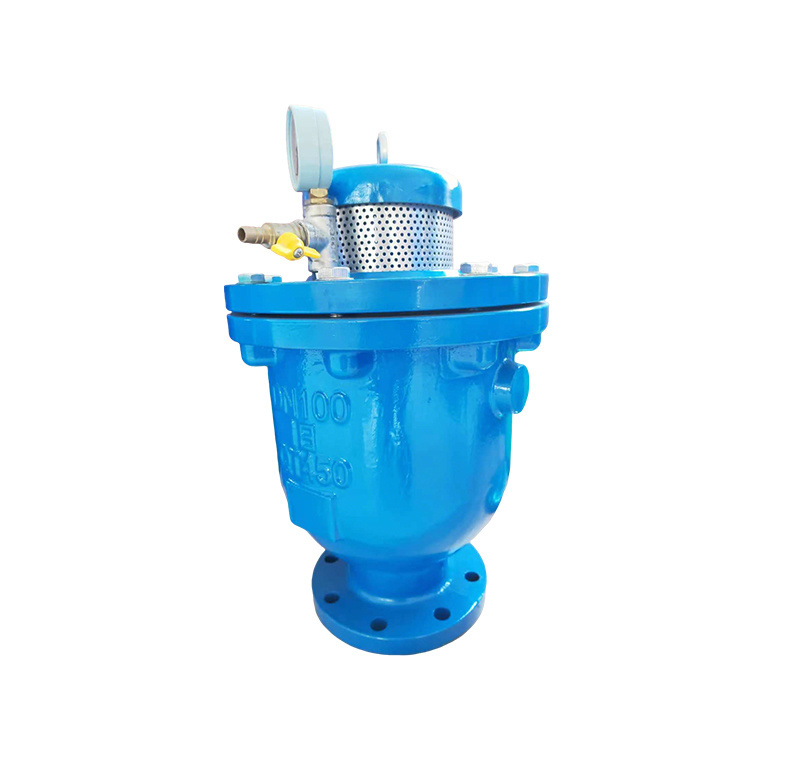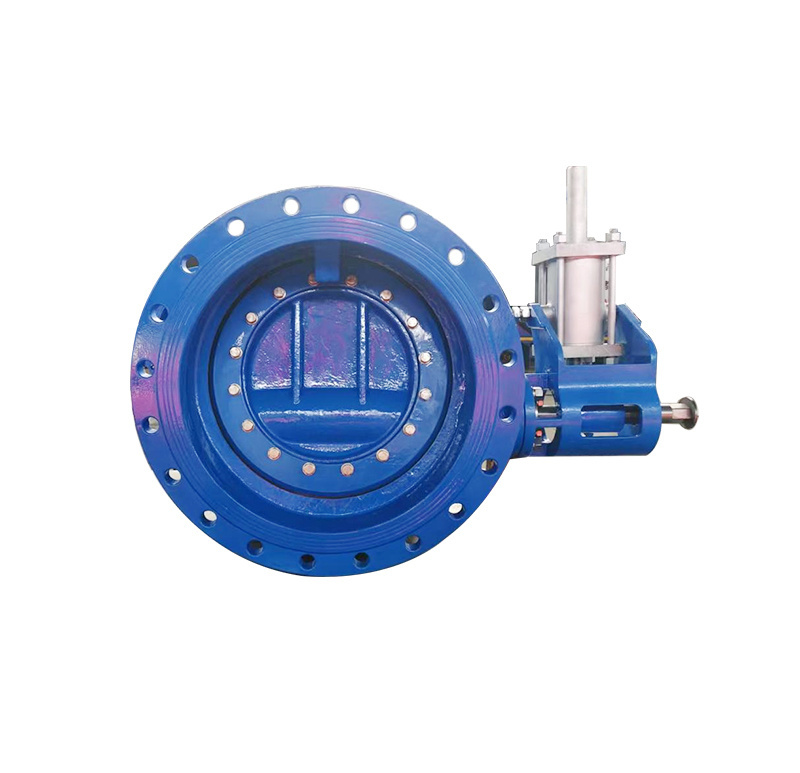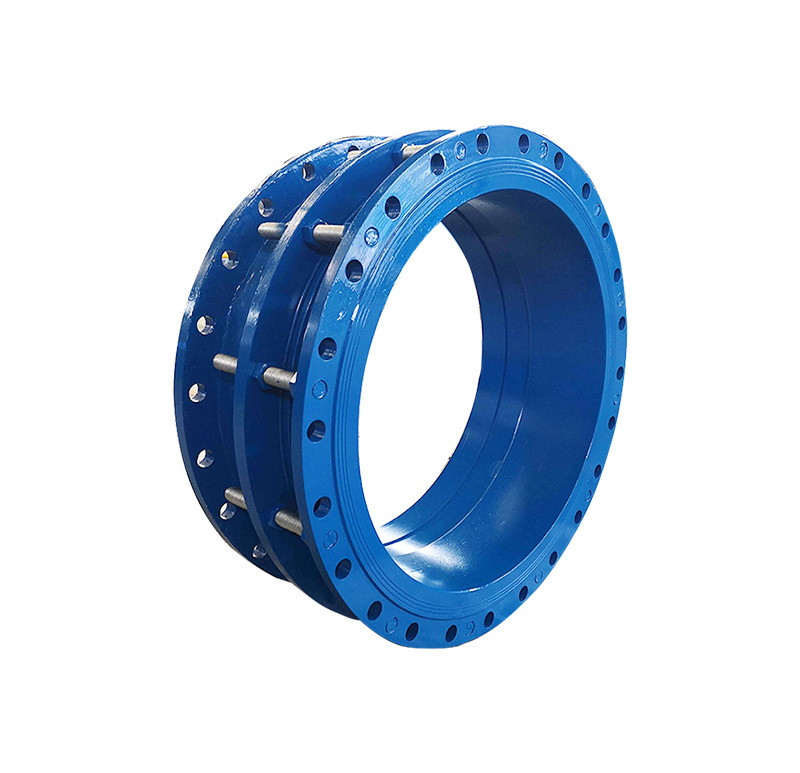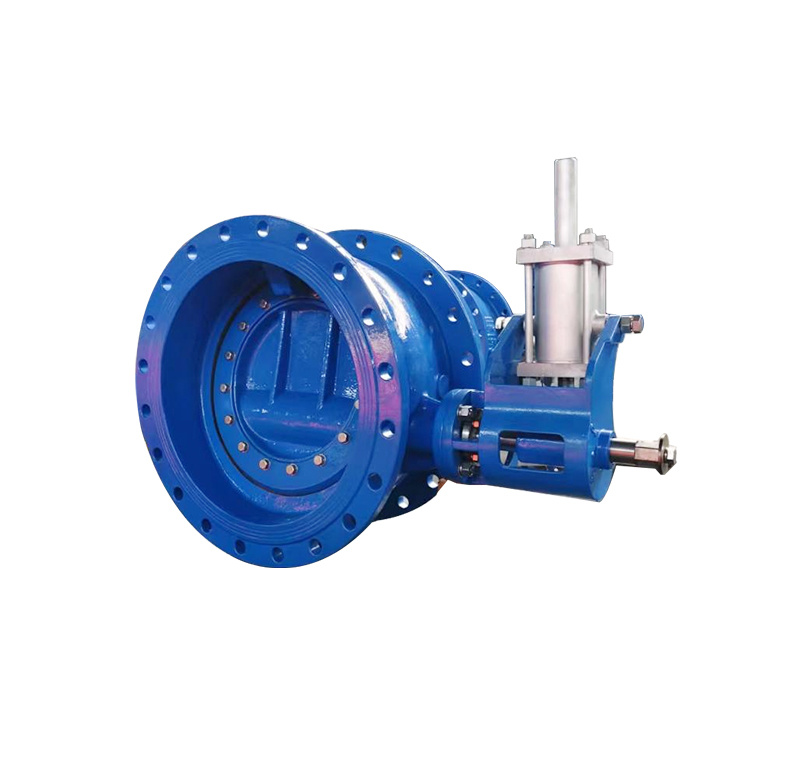The Best Eccentric Butterfly Valves for Your Industrial Needs
Eccentric butterfly valves are a vital component in many industrial systems. Designed for effective flow control, these valves utilize a unique disc design that allows for smoother operation compared to traditional butterfly valves. The eccentric positioning of the disc minimizes friction and wear, ensuring higher efficiency and longer service life. As industries continue to seek ways to reduce costs and improve performance, understanding the advantages and applications of eccentric butterfly valves becomes crucial.
One of the standout benefits of eccentric butterfly valves is their ability to provide precise flow control. The unique disc design allows for gradual opening and closing, reducing the risk of water hammer and pressure spikes in the system.
The eccentric design minimizes the contact area between the disc and the seat, significantly reducing wear and tear over time. This leads to less frequent replacements and decreases overall maintenance costs.
Eccentric butterfly valves can handle a wide range of fluids, including liquids, gases, and slurries. This versatility makes them suitable for various sectors, from wastewater treatment to food processing.
There are several types of eccentric butterfly valves, each designed to meet specific operational requirements. Understanding these types will help in selecting the best option for your application.
These valves are engineered to handle high pressures and temperatures, making them ideal for demanding industrial environments. Their robust construction ensures reliability and longevity.
In the food and beverage sector, sanitary designs are crucial. Eccentric butterfly valves made from food-grade materials ensure compliance with health regulations while providing effective flow control.
Eccentric butterfly valves play an indispensable role in enhancing operational efficiency across various industrial sectors. Their unique design, coupled with the benefits of reduced wear, efficient flow control, and versatility, makes them a superior choice for fluid regulation. By understanding the types, applications, and selection criteria, industries can make informed decisions that lead to improved performance and reduced costs in their operations.









